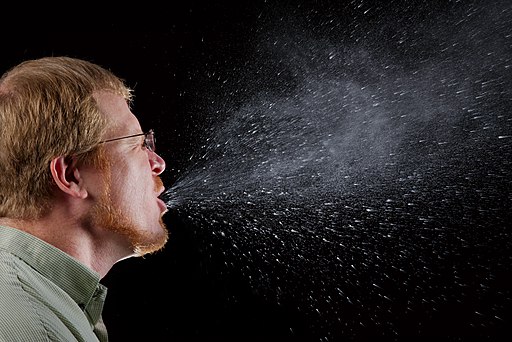Mold is usually not a problem outside the house, but exposure to household mold or indoor mold should be a cause for concern. Mold is a fungus that can virtually grow anywhere, as long as there is adequate moisture and appropriate temperature. Exposure to mold is inevitable but there are means of controlling it. Outdoors, mold is helpful in the decaying process of nature and some types of mold are grown in a controlled setting for medicinal purposes. But indoor mold can be harmful and exposure to it must be avoided.
Mold Can Lead to Allergy
Excessive exposure may cause serious health problems. Molds reproduce by releasing its spore to the air. Exposure to mold via inhaling or touching mold or mold spores can cause allergic reactions especially for those who are sensitive. The allergic reaction may be immediate or delayed as it varies from person to person. The allergens, once inhaled, will be recognized by our immune system as foreign invaders. Our immune system will react by producing antibodies to combat these foreign invaders. And when these foreign invaders strikes again, our immune system will be react immediately causing the allergic reactions. With continued exposure to molds, our body becomes overly sensitive to these allergens.
Symptoms of Mold Allergy
Mold exposure can cause a variety of symptoms, including skin rash, eye irritation, sore throat, runny nose, sneezing and coughing. Exposure to mold can cause redness and watery eyes. As the spores reach our throat, it could result in uneasiness during swallowing or hoarseness of the voice during speaking. As mold allergy develops, people may experience mold allergy symptoms during the winter season and some may exhibit mold allergy seasons throughout the year.
Heath Risks of Mold Exposure
What you may be taking for granted as a small household mold problem can be posing greater risk of serious diseases to your family memebers.
Serious Respiratory Diseases
For those with mold allergy, mold exposure may trigger asthma attacks. During asthma attacks, a person may exhibit excessive wheezing and difficulty breathing. This is an emergency that one must not ignore. In cases of severe reactions due to exposure to mold, fever is common and difficulty in breathing. With continued exposure, a person will be at risk with several serious respiratory diseases. One type of mold called Aspergillus, can cause Allergic Bronchopulmonary Aspergillosis, which when left untreated could lead to chronic lung damage.
Weak Immune System
For those immune-compromised people, exposure to mold might cause some infectious diseases. The mold becomes opportunistic for those people with weakened immune system like those immune-suppressed individuals having treatment. Babies and pregnant women are also at high risk, so these individuals should not be exposed to molds.
People with a family history of allergies are more likely to develop mold allergy. They are advised to make their home mold free as much as possible. The type of occupation may also put some individuals at risk. Mold exposure may be high for jobs like farming and carpentry. Exposure to mold is also high for those houses which are recently flooded. Houses with leaky pipes should be fixed and common breeding grounds for molds like the bathroom and kitchen should be regularly cleaned. It may be impossible to remove all molds, but certainly you can minimize the exposure from it.
